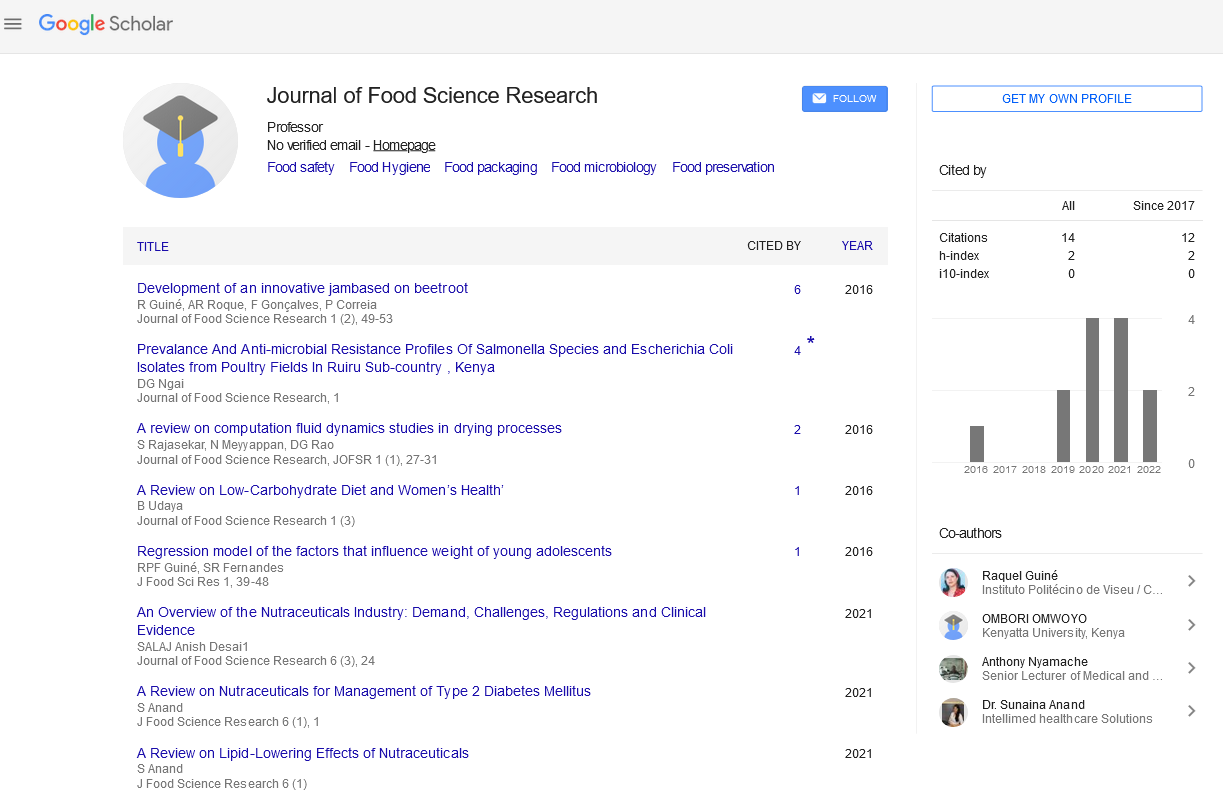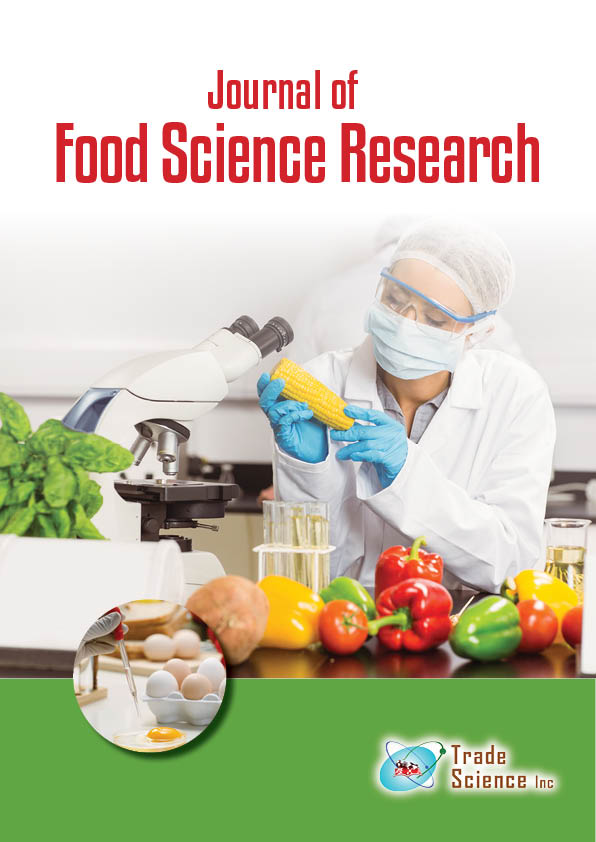Short communication
, Volume: 6( 3)Proteins and peptides from pathogenic bacteria with anti-viral, anti-parasitic and anti-cancer activity
Ananda M Chakrabarty
University of Illinois College of Medicine, USA
Abstract
We have reported that some pathogenic bacteria with long term residence in the human body as biofilms consider the human body as their habitat and try to protect it from outside invaders such as cancers, viruses and parasites through secretion of protein weapons. For example, Pseudomonas aeruginosa, an opportunistic pathogen, secretes a protein azurin on contact with HIV/AIDS virus or cancer cells. Upon release, azurin enters preferentially to such cells and interferes in cell growth through multiple mechanisms involving complex formation with various cellular proteins that promote such cell growth. Such complex formation then leads to loss of function of such growth promoting proteins. Thus, azurin is known to induce apoptosis in cancer cells, as well as interfere in rapid cancer cell growth, through stabilization of tumor suppressor protein p53. Azurin also forms complexes with vascular endothelial growth factor receptor (VEGFR) and cell surface associated receptor tyrosine kinases such as EphB2 to inhibit angiogenesis and cell signaling in cancer cells to inhibit their growth. A chemicallysynthesized 28 amino acid fragment (Azurin 50–77), termed p28, has completed a phase I trial in 15 stage IV cancer patients with metastatic tumors that were resistant to all conventional drugs and these patients had a life expectancy of about 6 months. P28 not only showed very little toxicity but also significant beneficial effects including partial and complete regression of the tumors in 3 patients, significantly prolonging their lives. P28 has also shown similar lack of toxicity but good efficacy in several pediatric brain tumor patients. The ability of p28 to inhibit the growth of the HIV/AIDS virus or parasites such as Plasmodium falciparum or Toxoplasma gondii has not yet been evaluated.
Abstract
Introduction:
Antimicrobial peptides (AMPs) are short amino acid sequences produced by all organisms, from bacteria to mammals, which act as primary defense against a broad spectrum of pathogens .The first recognized AMP was lysozyme, discovered by Alexander Fleming in 1922, which was detected in vegetables as well as animal tissues and secretions and shown to possess bacteriolytic activity .In the following decade, Dubos extracted gramicidin from a soil Bacillus strain and demonstrated that it was able to protect mice from pneumococci infection and to be effective for topical treatment of wounds and ulcers.
In mammals, leukin and phagocytin were the first animal–derived AMPs that were isolated from rabbit leukocytes in 1956 .Few years later, “bactericidal basic proteins” were demonstrated to accumulate in the lysosomes of human leukocytes. In 1985, the Lehrer group extracted three small peptides (HNP–1, HNP–2, and HNP–3) from human neutrophils, referred to as “defensins”, that were demonstrated to kill Staphylococcus aureus, Pseudomonas aeruginosa, and Escherichia coli .During the past decades, a large number of natural and synthetic AMPs were characterized and public databases were established, such as APD3, CAMP and DRAMP 2.0, which include the list of natural AMPs, the classification of AMP families and AMP clinical applications, respectively .Databases of specific peptides have been also developed such as the Defensins Knowledgebase, the antiviral AVPdb, the antiparasitic ParaPep and the anticancer CancerPPD .
AMPs are short peptides, mostly less than 100 amino acids long, that in general do not share conserved motifs but are characterized by net positive charges and high proportions of hydrophobic residues .As a result, they tend to establish non–specific interactions with negatively charged phospholipids, such as the phosphatidylglycerol, that are particularly abundant in the microbial membranes causing increased permeability, leakage of cytoplasmic components and cell death .The effective bacteriolytic activity of AMPs is regulated by chemical and physical properties including hydrophobicity, electrostatic and hydrophobic forces, conformational transitions and self–assembly equilibria that finally modulate the membrane–binding affinity .The antiviral activity of several AMPs occurs both at virus entry into the cells as well as at other stages of virus infection, particularly affecting viral trafficking within infected cells .Among these defensins have shown to act against several viruses, such as human immunodeficiency virus (HIV), respiratory syncytial virus (RSV), herpes simplex virus (HSV), papillomavirus (HPV) and severe acute respiratory syndrome coronavirus (SARSC).
Conclusion:
AMPs/ACPs provide new strategies for cancer treatment due to their efficacy against tumor cells obtained at low concentrations without toxicity to normal tissues. Many limitations in the use of peptides, such as poor stability, proteolytic degradation, potential toxicity, low bioavailability, specific delivery to tumor cell, have been overcome by the chemical modifications including amino acids substitution, nanoparticles loading, fusion with cell penetrating peptides. The next goal is to improve the transfer of natural or engineered AMPs/ACPs into the clinic. A large number of AMPs are already in the pre–clinical stage and several are under evaluation in clinical trial as antibacterial but only few as anticancer peptides .AMPs and ACPs are the only class of compounds that might effective against polymicrobial co–infections as well as cancer. The improvement in chemical synthesis strategies of AMPs/ACPs and the study of their structures could clarify the structure–activity relationship thus allowing to enhance the activity and reduce the negative side effects in infectious disease and cancer treatment.

